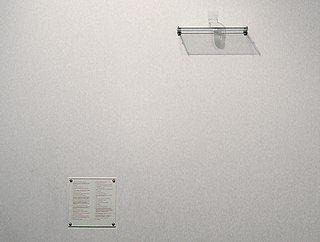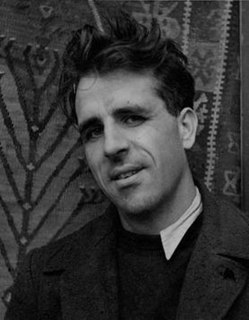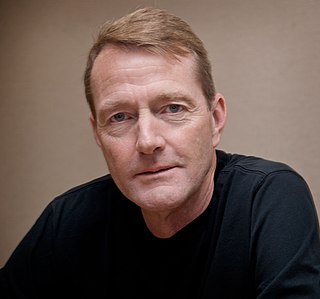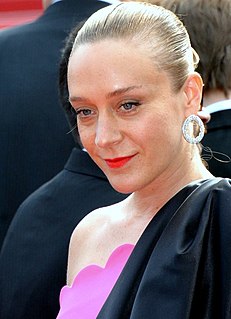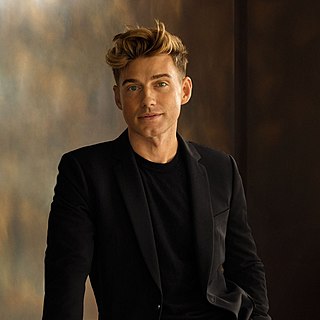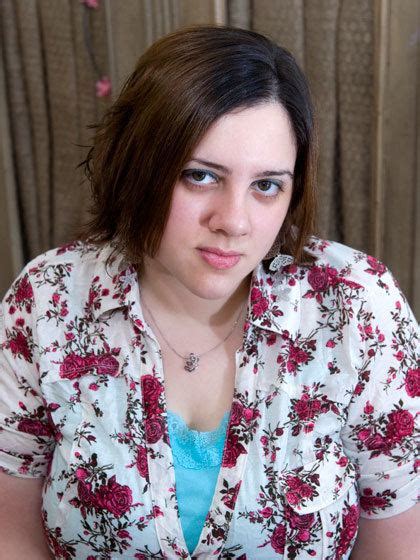A Quote by Michael Craig-Martin
I had been doing wall drawings, but they were always black and white. Then in 1993 I painted all the walls of a room to make an installation and as soon as I saw the colour on the walls, it changed my whole life.
Related Quotes
The principle factor in my success has been an absolute desire to draw constantly. I never decided to be an artist. Simply, I couldn't stop myself from drawing. I drew for my own pleasure. I never wanted to know whether or not someone liked my drawings. I have never kept one of my drawings. I drew on walls, the school blackboard, odd bits of paper, the walls of barns. Today I'm still as fond of drawings as when I was a kid - and that was a long time ago - but, surprising as it may seem, I never thought about the money I would receive for my drawings. I simply drew them.
Countless candles dribbled with hot wax, and their flames, like little flags, fluttered in the unchartered currents of air. Thousands of lamps, naked, or shuttered behind coloured glass, burned with their glows of purple, amber, grass-green, blue, blood red and even grey. The walls of Gormenghast were like the walls of paradise or like the walls of an inferno. The colours were devilish or angelical according to the colour of the mind that watched them. They swam, those walls, with the hues of hell, with the tints of Zion. The breasts of the plumaged seraphim; the scales of Satan.
He looked at the pain and he set himself apart from it. He saw it, examined it, identified it, corralled it. He isolated it. He challenged it. You against me? Dream on, pal. He built borders for it. Then walls. He built walls and forced the pain behind them and then he moved the walls inward, compressing the pain, crushing it, boxing it in, limiting it, beating it.
From when I was a really small girl on, I would pick every fabric, every color on the walls, and I was always redecorating. Like once every couple of months I would redecorate my room. I had a full wall that was all collage - the entire wall - when I was in junior high. And then it would kind of morph with me as I was growing.
I've spoken of the shining city all my political life, but I don't know if I ever quite communicated what I saw when I said it. But in my mind it was a tall, proud city built on rocks stronger than oceans, windswept, God-blessed, and teeming with people of all kinds living in harmony and peace; a city with free ports that hummed with commerce and creativity. And if there had to be city walls, the walls had doors and the doors were open to anyone with the will and heart to get there. That's how I saw it, and see it still.
For a long time he had been white smoke. He did not realize that until he left the hospital, because white smoke had no consciousness of itself. It faded into the white world of their bed sheets and walls; it was sucked away by the words of doctors who tried to talk to the invisible scattered smoke... They saw his outline but they did not realize it was hollow inside.
The death agony of the barricade was about to begin.For, since the preceding evening, the two rows of houses in the Rue de la Chanvrerie had become two walls; ferocious walls, doors closed, windows closed, shutters closed. A house is an escarpment, a door is a refusal, a facade is a wall. This wall hears, sees and will not. It might open and save you. No. This wall is a judge. It gazes at you and condemns you. What dismal things are closed houses.
